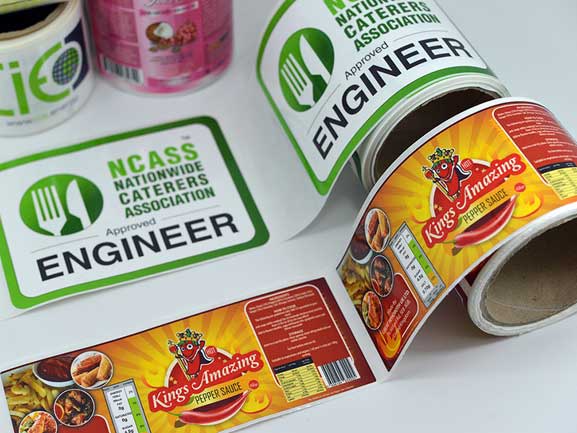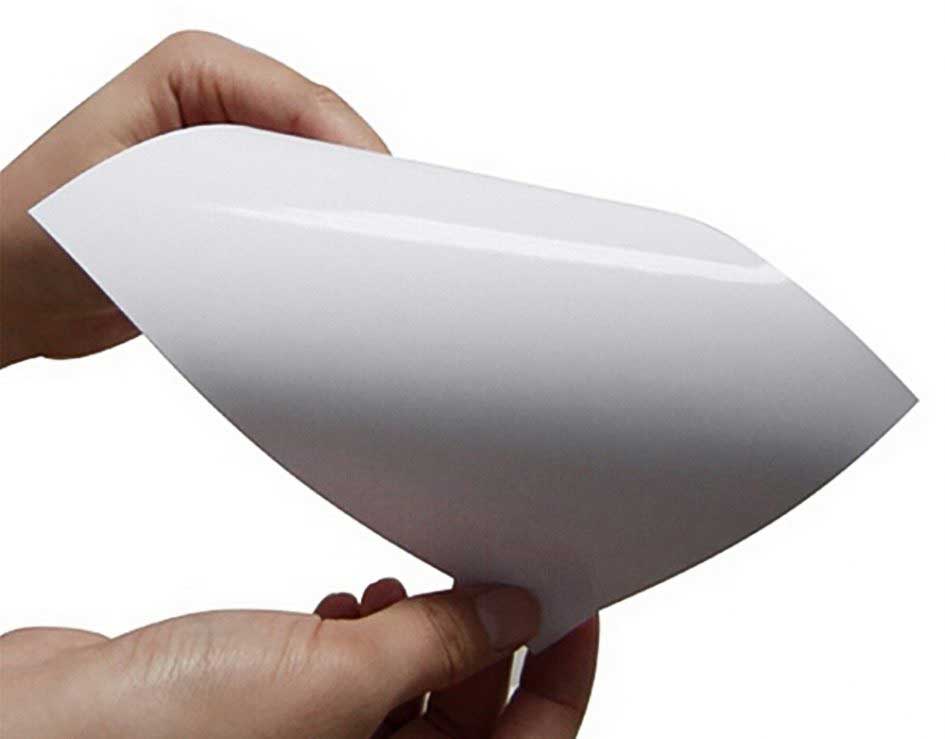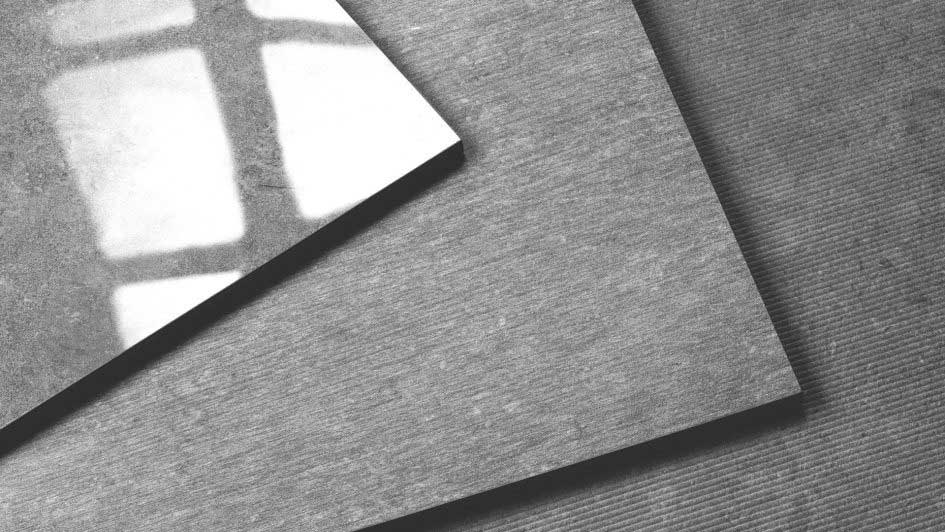Labels are designed after huge brainstorming and thorough research. For some companies, their labels are their identity. They make your product different from the rest. You’ve done all the best things to make your labels look best. They indeed are best, but you ignored to do some quality tests. What could be the after effects of such ignorance? Well, to estimate that, we need to perform some accelerated tests by simulating the subjected conditions, e.g. a different type of lights, temperature, friction, humidity and so on. It is not mandatory that every condition will surely leave some impact. At times, labels remain unaffected. Appropriate measures can be taken to make labels highly resistant to atmospheric conditions.
Effect of Light
Light has a severe impact on the colours of the labels, not only the way we perceive colours but they may fade due to extensive exposure. The colour fastness properties depend on the material of label, the texture of the surface of label, printing technique, colour quality, and protective coating. Some labels have thin protective plastic film coating, this prevents the colour from fading. Cool fluorescent light impacts the appearance of colour whereas, UV light initiates the colour fading process. Now, to test the quality of label, it is exposed to both these lights for certain duration like 72 hours or as per industrial requirement.
A colour tester like spectrophotometer or colorimeter is used to check the loss of colour. Both these devices are equipped with internal memory to capture colour samples. The colour scheme of labels is captured and another colour scheme is captured after the exposure of labels to light, the later one is called the sample colour. It is compared with master colour and difference of colour is quantified. As per the observed values, the quality managers take appropriate measures to minimise the loss.
Gloss Value
Colour and gloss together make the appearance of the label complete. With gloss, I don’t mean that every surface should have that shinny effect. The gloss value determines the shine reflected by the surface. It is wholly and solely depending on the texture of the paper. To induce that shine, a coating is also applied to the surface. To get the right print consistency in every batch, the QC manager must measure the gloss value first and then tune the printing accordingly. A slightest of difference in the appearance of paper can produce visible difference in the final print, a caramel colour may appear bland brown due to the difference in value. To quantify the difference, colour testers and gloss meter can be incorporated in the process.





